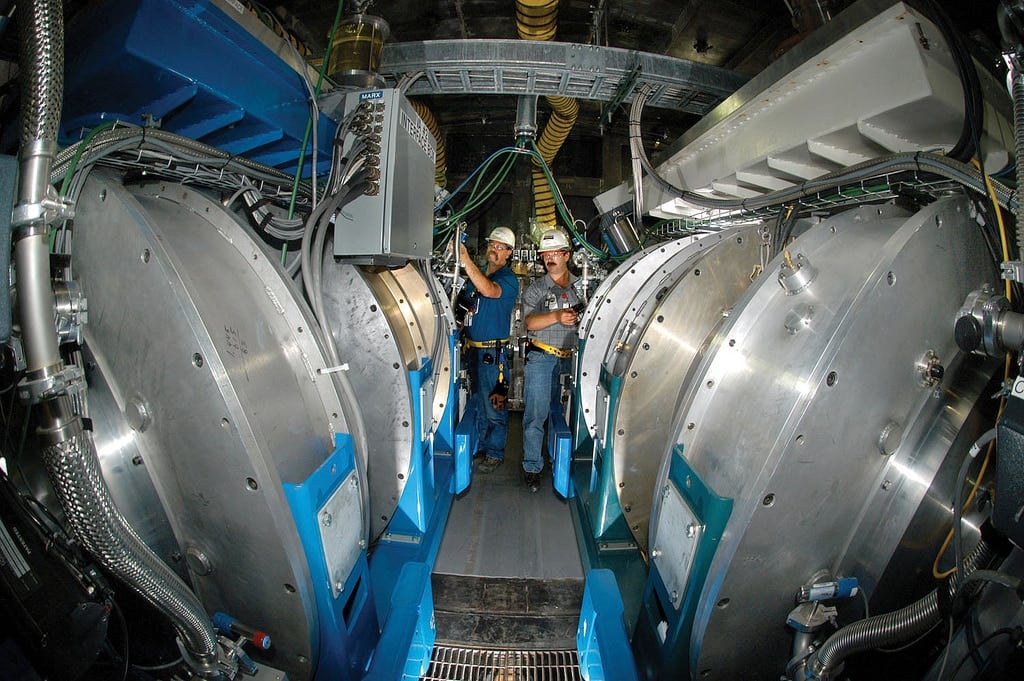WASHINGTON — U.S. President Donald Trump has announced his intent to nominate Lisa Gordon-Hagerty as undersecretary for nuclear security at the Department of Energy, the top job for managing America’s arsenal of nuclear warheads.
The job includes filling the role of administrator for the National Nuclear Security Administration, a semiautonomous department within the Department of Energy. While the Defense Department manages the delivery systems of the nuclear force — ships, planes and missiles — NNSA has oversight over the development, maintenance and disposal of nuclear warheads.
The agency is currently run by Frank Klotz, the retired Air Force general who has been in the job since 2014. Klotz is the rare Obama-era appointee who was kept on when the Trump administration took office, although not without drama; after initial media reports that Klotz had been asked to resign during the transition, incoming Secretary of Energy Rick Perry reversed that decision and asked Klotz to remain in place.
While Klotz has received generally positive reviews from the nuclear community, Gordon-Hagerty brings a history of experience in nuclear issues, starting from her very first job as a physicist at Lawrence Livermore National Laboratory.
RELATED

She is currently involved in leading two consulting firms: Tier Tech International and LEG Inc. Previously, Gordon-Hagerty served as the director for combating terrorism on the White House National Security Council for more than five years, stretching from the end of the Clinton administration into the Bush administration. She also previously worked at DOE, including as acting director of the Office of Nuclear Weapons Surety and a six-year stint as the director of DOE’s Office of Emergency Response. She also has experience on Capitol Hill.
In addition, Gordon-Hagerty sits on the board of experts for the Federation of American Scientists, a well-respected group specializing in nuclear issues.
If formally nominated and confirmed, Gordon-Hagerty will have her hands full with a series of major modernization efforts underway, which could be altered by the results of the upcoming Nuclear Posture Review.
NNSA is engaged in a quintet of major warhead programs, including the W76-1 Life Extension Program, which will extend the life on the U.S. Navy’s Trident II (D5) submarine-launched ballistic missile; the B61-12 Life Extension Program, which seeks to combine a number of B61 bomb variants into a more modernized nuclear gravity bomb; the W80-4 Life Extension Program, whose goal is to provide a warhead for a future long-range standoff missile that will replace the U.S. Air Force’s current air-launched cruise missile; the IW-1 Life Extension Program, which is meant to create an interoperable warhead for various systems; and the W88 Alteration 370, which will replace the arming, fuzing and firing subsystem for the W88 warhead for the Trident II.
In addition, she will have to deal with a backlog of deferred maintenance that Klotz has warned could exceed $3.7 billion, as well as supporting nonproliferation efforts in North Korea and Iran.
Aaron Mehta was deputy editor and senior Pentagon correspondent for Defense News, covering policy, strategy and acquisition at the highest levels of the Defense Department and its international partners.








